By Terry McNamee © 2013
If you came face to face with a black bear, and the only thing between you and the bear was a pair of small Tahltan Bear Dogs, you would have had have little to fear. On a hunt, the Tahltan people carried the little dogs in packs to conserve their strength until fresh bear tracks were found. Then the dogs would be turned loose. Being small, they were light enough to run on top of crusted snow that would not support larger animals. Working in pairs, one dog would annoy the bear from the front while the other attacked from behind. The dogs were nimble and quick, darting in and out and nipping the bear while avoiding its teeth and claws. They would hold it at bay until the hunters arrived to kill it, or until the bear’s nerve broke and it went up a tree or ran. The dogs also guarded the camp at night.


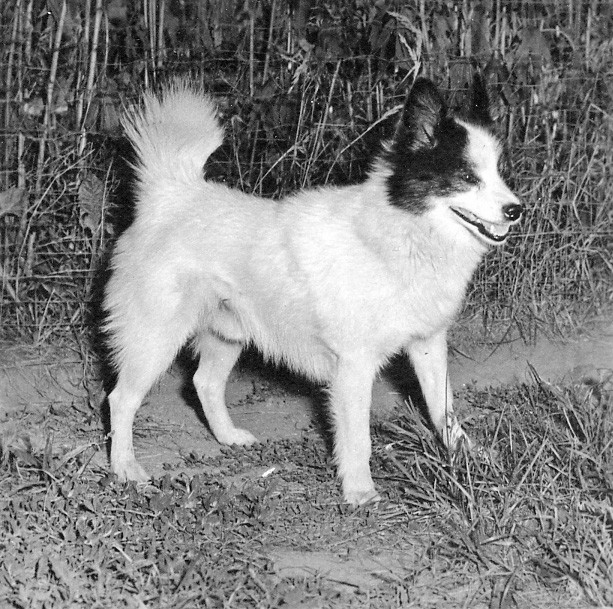
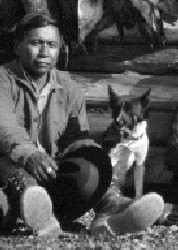
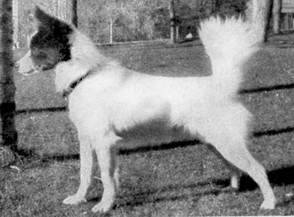
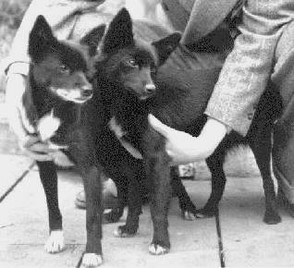
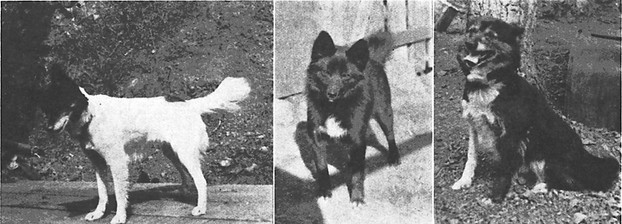



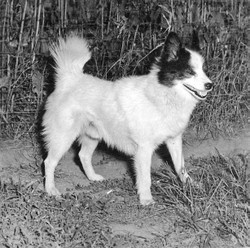

 Versatile Nova Scotia Duck Tolling Retrieverson 08/02/2014
Versatile Nova Scotia Duck Tolling Retrieverson 08/02/2014
 Should You Spay or Neuter Your Puppy?on 08/12/2014
Should You Spay or Neuter Your Puppy?on 08/12/2014
 Horse Racing History: the Preakness Stakeson 05/15/2014
Horse Racing History: the Preakness Stakeson 05/15/2014
 Dinosaurs Will Be On Display in Trenton, Ontario, Canadaon 07/29/2013
Dinosaurs Will Be On Display in Trenton, Ontario, Canadaon 07/29/2013

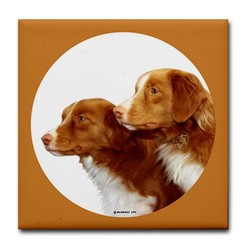
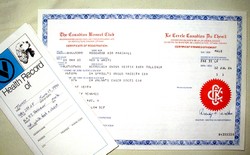
Comments